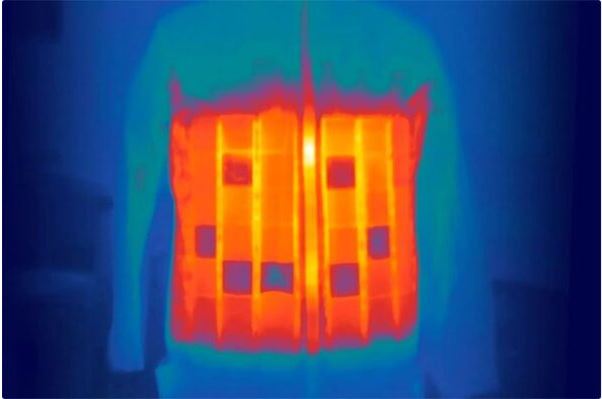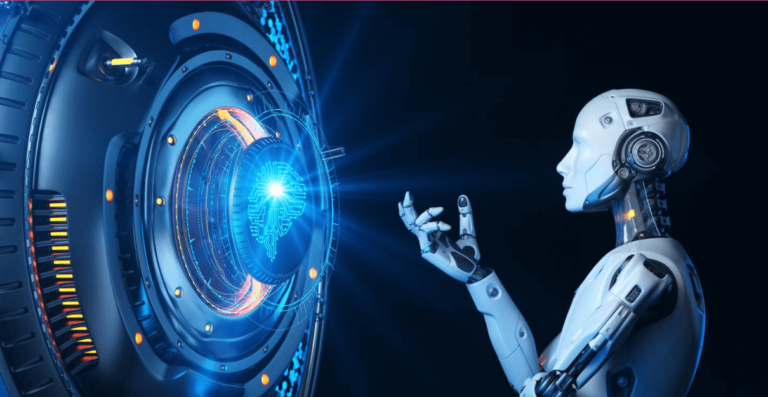Talking about ChatGPT, it is impossible not to know recently, a huge software size of training data, the efforts of the evaluation team and OpenAI’s rules have contributed to the creation of ChatGPT. like nowadays.
The 4.0 era is so developed at the moment, ChatGPT is also becoming one of the fastest growing applications today, and it is worth mentioning that the majority of people are not understanding how AI chatbots work. How it works and what determines its behavior when it can answer or interact with questions posed by humans.
Among many of those questions, OpenAI answered those questions of users with a post explaining how ChatGPT works and also showing how the founder trained Chatbot AI to answer questions posed like: how.
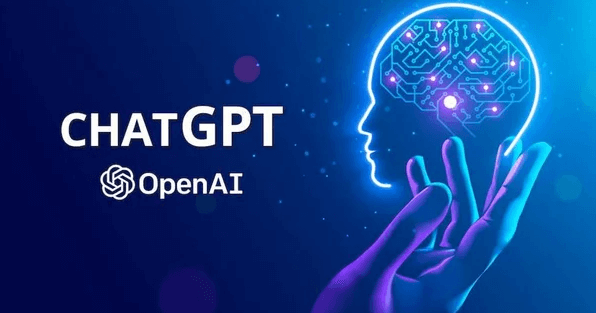
Recently, some people also think that ChatGPT works purely on statistical probabilities. That is, the system will choose the answer that many people give in response to the question posed by the user. But ChatGPT says how the system works is much more complicated than that. ChatGPT relies on deep learning models and aggregates the answers it has learned from itself.
The founder’s answer was that they made ChatGPT like training a dog.
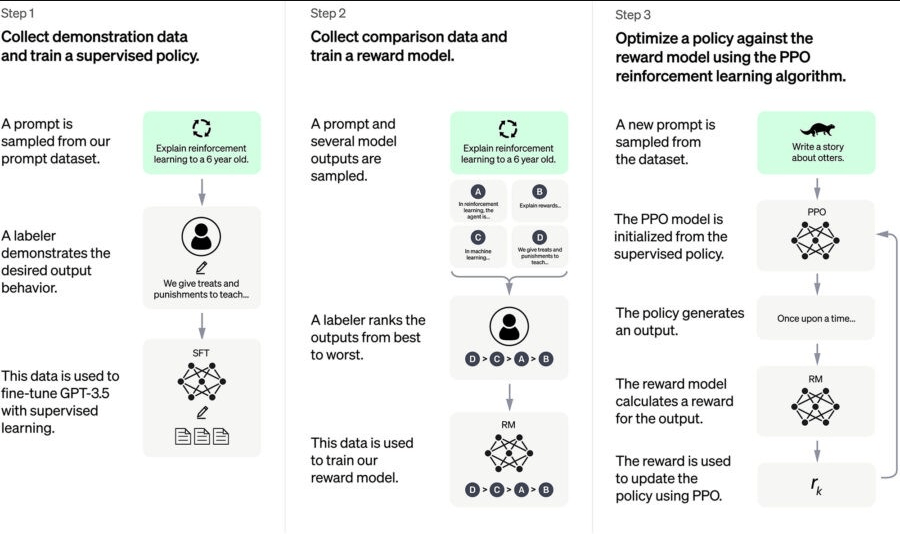
Unlike normal software, these AI models are giant artificial neural networks. Models are formed based on how they learn large-scale data, rather than being explicitly programmed. It can’t be said to be the same as fully training a dog, but the process is also far from normal programming.
The first step of ChatGPT is pre-training, which helps the model predict the next questions in a question. The OpenAI model learns grammar, facts about the world as well as some reasoning abilities. The models also collect about some of the biases among those billions of sentences.
the next step is to fine-tune model with a narrower dataset that is carefully generated by OpenAI with the evaluators, following the instructions they provide. Since it is not possible to predict every possibility that humans will load into the system in the future, OpenAI does not write detailed instructions, but only outlines some of the categories in the guide for reviewers to use and rate the tips. Out possible for some input examples.
In some cases OpenAI also instructs reviewers to give some feedback such as not responding to illegal questions, or making some controversial views. An important part of the fine-tuning process is maintaining a strong feedback loop, answering questions, and clarifying your instructions. This feedback loop is how they train the model to get better and better.
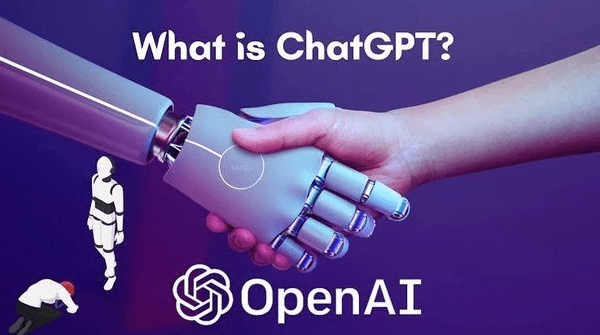
Artificial intelligence and artificial personality
In this explanation of how ChatGPT works, we get a better look at how exposure to billions of sentences in the data block helps this model learn a complete sentence answer. This makes it possible for it to understand the questions the user posed and thereby answer and express it correctly.
The size of the data block will determine the intelligence of the AI model, as it gives it more knowledge to learn. The fact that ChatGPT runs on GPT-3, the data model with the second largest number of parameters in the world today, far behind competitors is considered an explanation for the ability of this AI chatbot. The performance of this team of reviewers – or reviewers for this AI model makes it character.
If you’ve ever used ChatGPT, you’ve probably seen it answer some somewhat dodging questions on controversial issues. This is evident in the OpenAI training manual when it asks the Chatbot to avoid giving controversial opinions.
It can be said without exaggeration that it is the instructions and rules of the model creator that will affect the “artificial personality” of each AI chatbot.




